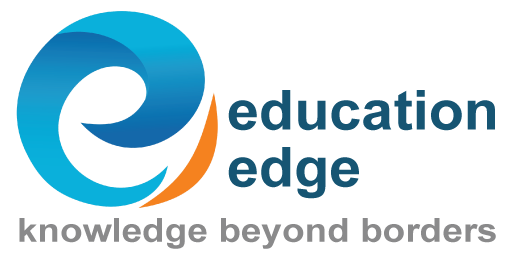Project Stakeholder Management
§ stakeholders are groups/individuals that may be directly or indirectly affected by the outcome of the project. The stakeholder may also affect the outcome by virtue of their influence or power, interest and
§ identify stakeholders is a continual process throughout the project lifecycle as some stakeholders may become irrelevant while new stakeholders may be identified as the project evolves
§ the Project Manager is responsible for the engaging and managing the various stakeholders in a project
§ identify stakeholders, communicate and engage them, manage expectations and focus on satisfaction
§ stakeholder satisfaction is a key project objective
Identify Stakeholders
§ Inputs: Project Charter, Business Documents, Project Management Plan, Project Documents, Agreements, EEF, OPA
§ Tools & Techniques: Expert Judgement, Data Gathering, Data Analysis, Data Representation, Meetings
§ Outputs: Stakeholder Register, Change Requests, Project Management Plan Update, Project Documents Update
§ identify stakeholders and document the importance/influence (=active involvement) /impact/interest/involvement of stakeholders/groups of stakeholders
§ stakeholders from procurement process and operation process needed to be included
§ agreements are used for determining external stakeholders such as the seller
§ Data Gathering Tools:
§ Questionnaires and surveys
§ Brainstorming
§ Data Analysis Techniques:
§ stakeholder analysis techniques
§ Interest, rights (legal or moral rights), power/interest, power/influence or impact/influence grid, salience model, prioritization, etc.
§ Data Representation Tools:
§ Power/interest grid, power influence grid or impact/influence grid (3 ‘I’s: importance, interest, influence)
§ determine the stakeholders’ hot buttons (what response in specific situations) and develop support strategies
§ stakeholders have the greatest influence in the initial stage of the project
§ stakeholder analysis matrix is part of the stakeholder management strategy (output of Identify Stakeholders Process)
§ Salience Model: describing stakeholders based on the power (influence), urgency and legitimacy
§ document only influential stakeholders if there is a large number of stakeholders
§ document the impact using a power/influence grid, power/interest grid, influence/impact grid, salience model
Plan Stakeholder Engagement (formerly Plan Stakeholder Management)
§ Inputs: Project Charter, Project Management Plan, Project Documents, Agreements, EEF, OPA
§ Tools & Techniques: Expert Judgement, Data Gathering, Data Analysis, Decision Making, Data Representation, Meetings
§ Outputs: Stakeholder Engagement Plan
§ strategies to engage stakeholders throughout the project lifecycle
§ Stakeholder Engagement Plan contains: current/desired engagement levels, scope and impact to stakeholders, interrelationships, communication requirements and forms, how to update the plan
§ The distribution of this plan requires precautions as the engagement level of stakeholders is a very sensitive information
§ Data Analysis Tools:
§ Assumptions and constraint analysis
§ Mind mapping
§ Root cause analysis
§ Stakeholder Engagement Assessment Matrix: (C-current level, D-desired level)
§ SWOT analysis
§ Engagement Level
§ Unaware
§ Resistant: resistant to change
§ Neutral
§ Supportive: supportive of change
§ Leading: actively engaged in project success
Manage Stakeholder Engagement
§ Inputs: Project Management Plan, Project Documents, Agreements, EEF, OPA
§ Tools & Techniques: Expert Judgement, Communication Skills, Interpersonal and Team Skills, Ground Rules, Meetings
§ Outputs: Change Requests, Project Management Plan Update, Project Documents Update
§ ultimate aim is to increase support and minimize resistance from stakeholders by addressing issues with a view to increasing the success of the project
§ communicate and work with stakeholders to meet their needs/expectations and address issues
§ build trust and resolve conflicts, negotiation skills, communication skills
§ need to communicate bad news/issues in a timely manner (not to hide, not to delay)
§ the communication requirements of individual stakeholder are recorded in the Project Communication Plan
§ PM may call upon the sponsor for assistance
§ Ground rules are created to set the expected behaviour of project team members and other stakeholders (for stakeholder engagement)
§ the Issue Log (Action Item Log): to identify issues/define impacts, owner (most important element) and priority/with the due date
Monitor Stakeholder Engagement (formerly Control Stakeholder Engagement)
§ Inputs: Project Management Plan, Project Documents, Work Performance Data, EEF, OPA
§ Tools & Techniques: Data Analysis, Decision Making, Data Representation, Communication Skills, Interpersonal and Team Skills, Meetings
§ Outputs: Work Performance Information, Change Requests, Project Management Plan Update, Project Documents Update
§ monitor overall stakeholder relationships and adjusting strategies to achieve the desired level of stakeholder engagement
§ Decision-Making Tools:
§ Multi-criteria decision analysis
§ Voting




